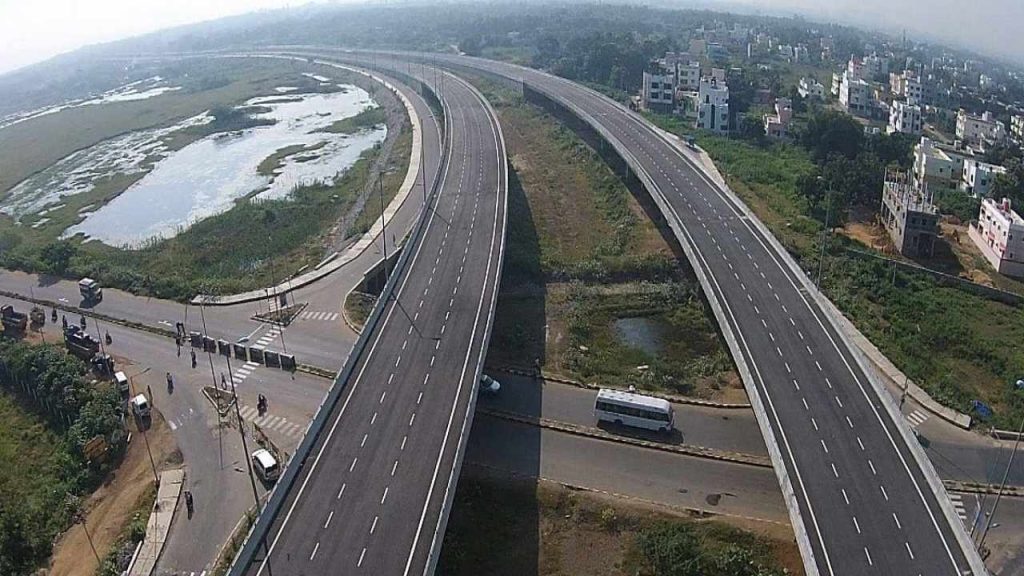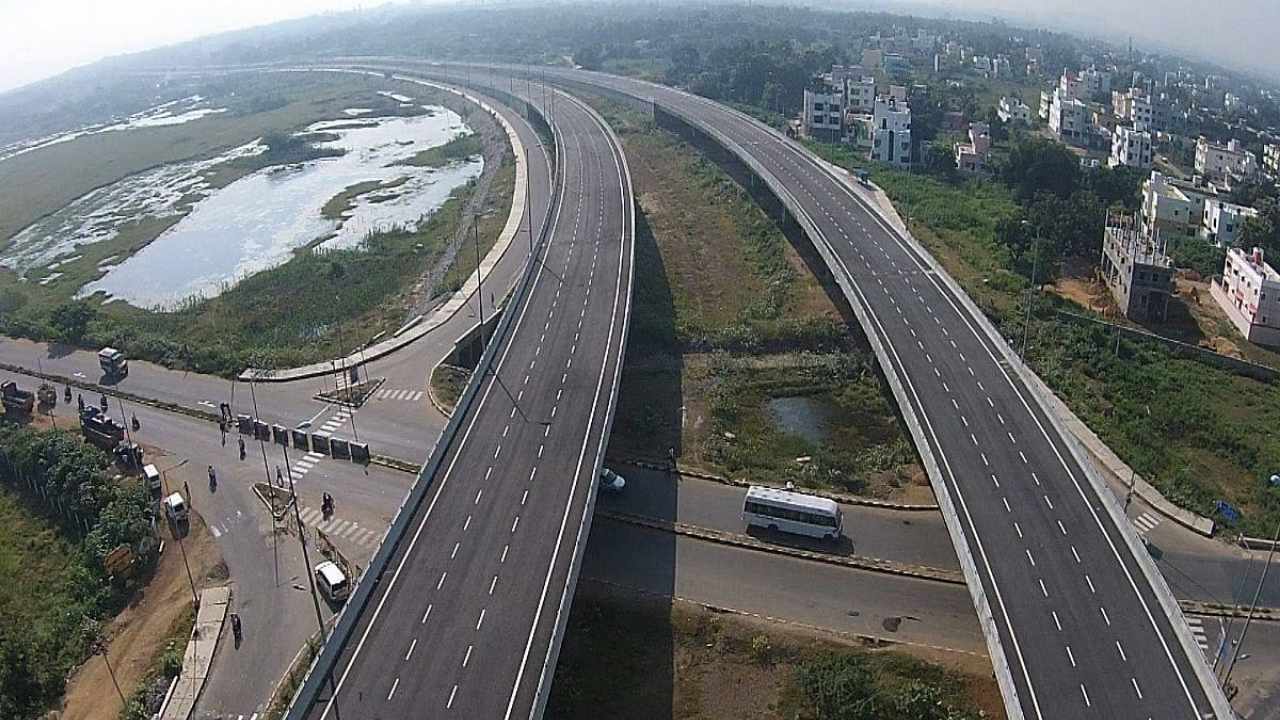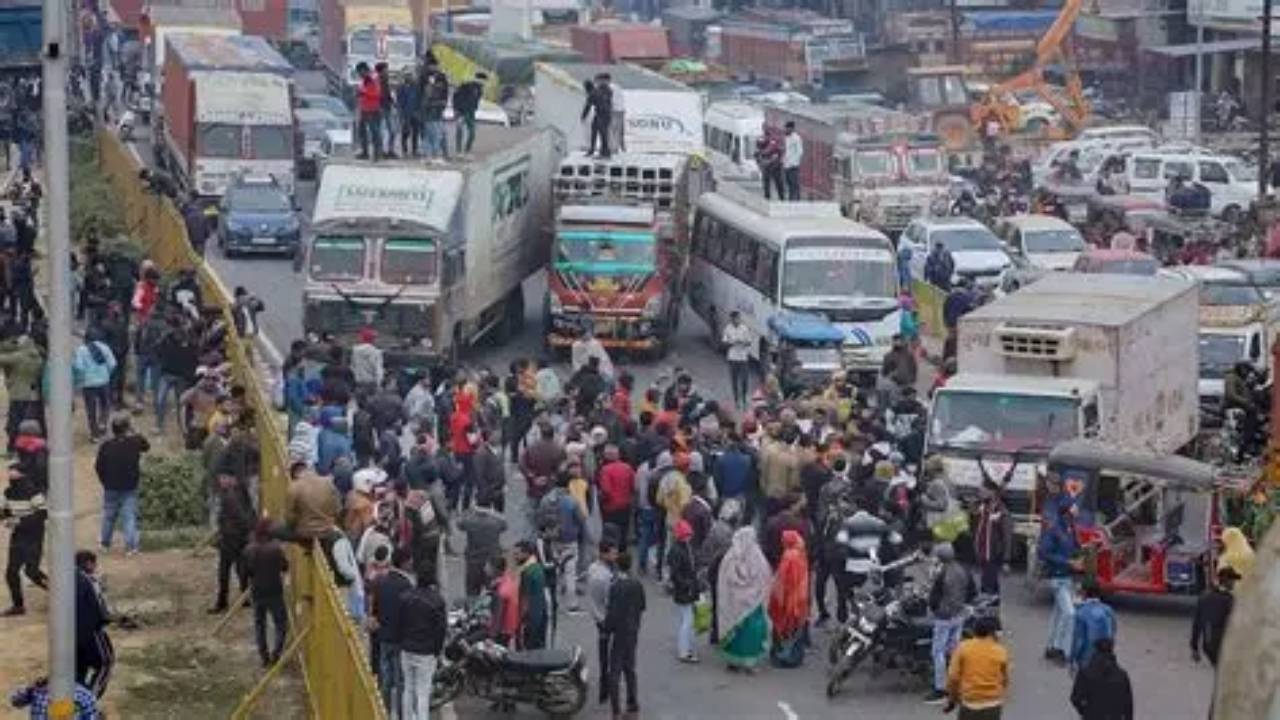The Indian government is on the verge of approving an ambitious project that promises to transform Odisha’s transportation network. The Rs 8,300 crore, 110-kilometer Bhubaneswar Bypass Project is set to revolutionize the region’s connectivity by offering a state-of-the-art road network that will significantly ease traffic congestion in one of the country’s fastest-growing urban centers.

With India’s infrastructure sector continuously evolving, this bypass is expected to become a key piece of the puzzle, enhancing the flow of traffic, reducing commute times, and ultimately driving economic growth for the region. In this article, we’ll dive deep into the specifics of the project, why it’s such a big deal, and how it’s expected to impact the people of Bhubaneswar, Khurda, Cuttack, and beyond.
Centre Set to Approve Rs 8,300 Crore
| Key Point | Details |
|---|---|
| Project Name | Bhubaneswar Bypass Project |
| Cost | Rs 8,300 Crore |
| Length | 110 km |
| Completion Timeline | Expected completion by 2026 |
| Project Structure | Hybrid Annuity Model (HAM) |
| Land Acquisition Cost | Rs 1,029 crore (50% borne by the Odisha government) |
| Main Features | 6 interchanges, 4 elevated corridors, 5 major bridges, 44 minor bridges, 3 railway overbridges |
| Speed Limit | Up to 100 km/h |
| Estimated Travel Time Reduction | From 2 hours to 80 minutes |
| Expected Benefits | Reduced congestion, improved logistics, economic growth |
| Official Sources | Times of India |
The Bhubaneswar Bypass Project represents a massive leap forward for Odisha’s infrastructure. By providing a modern, high-speed road that connects key urban centers and reduces travel time, this project will make life easier for commuters, businesses, and residents alike. Whether you’re driving from Bhubaneswar to Cuttack, or simply navigating the city’s streets, the benefits of this bypass will be felt for years to come.
As the government finalizes approvals and construction progresses, we can look forward to a future where travel is faster, safer, and more efficient – a crucial factor in driving economic growth and improving quality of life for everyone in the region.
Overview of the Bhubaneswar Bypass Project
Bhubaneswar, Odisha’s capital, has been undergoing significant urban development in recent years. However, with the rapid growth of population and industries, the existing transportation infrastructure has become increasingly strained. The Bhubaneswar Bypass Project is designed to alleviate these pressures by creating an alternate route that bypasses the congested urban areas.
This new road, estimated to be completed by 2026, will provide an access-controlled expressway, bypassing a significant portion of the 86 km stretch of National Highway 16 (NH-16), which currently links Bhubaneswar to major cities like Cuttack and Khurda. The project aims to reduce travel time between these cities from two hours to a mere 80 minutes, making it much easier for both commuters and goods transporters to navigate the region.
What Does the Project Involve?
The Bhubaneswar Bypass Project is not just about adding another road to the map. It’s a modern, high-tech expressway that will transform the way people and goods travel in and out of the capital city.
Project Features:
- Six Interchanges: These interchanges will help connect various routes to the bypass, allowing traffic to move smoothly between different parts of the city and surrounding regions.
- Four Elevated Corridors: These will help ensure that the bypass can handle more traffic, including high-speed vehicles, without getting congested.
- Major and Minor Bridges: A combination of five major bridges and 44 minor bridges will ensure that the road crosses rivers, railways, and other obstacles with ease.
- Railway Overbridges: With three railway overbridges, this project aims to minimize disruptions caused by trains passing through busy intersections.
- Vehicle Underpasses: The 17 vehicle underpasses will improve traffic flow and safety, making it easier for drivers to pass through busy intersections without delays.
Once completed, the bypass will be able to accommodate speeds of up to 100 km/h, which is essential for faster and more efficient travel. Whether it’s for daily commuters or long-distance travelers, this project will significantly reduce congestion and make travel time more predictable.
What Does the Project Mean for Local Communities?
For the people living in Bhubaneswar, Khurda, and Cuttack, the new bypass will have a direct impact on daily life. Here’s how:
- Reduced Traffic Congestion: One of the main benefits is that it will ease the traffic woes in Bhubaneswar. With fewer vehicles passing through the heart of the city, the road congestion that typically causes long delays will be reduced. This means commuters will spend less time stuck in traffic, whether they’re headed to work or running errands.
- Better Connectivity: For the surrounding towns and villages, the bypass offers better connectivity to urban centers. This will open up new opportunities for trade, commerce, and travel, making it easier for local businesses to access broader markets.
- Economic Boost: The bypass is expected to contribute to economic growth by facilitating the smoother movement of goods and people. Reduced travel times will be a game-changer for logistics companies, making it easier to transport goods across the region. This, in turn, could lead to new business opportunities, job creation, and higher economic output.
How Will the Project Be Funded and Implemented?
The Hybrid Annuity Model (HAM) will be used to finance the Bhubaneswar Bypass Project. Under this model, a public-private partnership (PPP) approach will be adopted. This means that the government will provide a part of the funding, while private sector players will handle the construction and maintenance of the bypass.
The total estimated cost of the project is Rs 8,300 crore, with a land acquisition cost of Rs 1,029 crore. The Odisha government will bear 50% of the land acquisition cost, which is crucial for keeping the project on track. The central government’s approval of this project is a sign of its commitment to improving infrastructure and supporting local development.
What Are the Long-Term Impacts of the Bypass?
In the long term, the Bhubaneswar Bypass Project is expected to have a transformative effect on the region. Beyond reducing congestion, this project will:
- Support Sustainable Growth: With improved transportation networks, local economies will have a chance to grow sustainably. Businesses will benefit from faster and more efficient transportation, allowing them to scale and expand. In turn, this growth could bring in new investments, fostering a robust local economy.
- Boost Tourism: As transportation becomes more efficient, tourism could receive a boost. Bhubaneswar is home to several historical sites, temples, and cultural landmarks. A smoother bypass will make it easier for tourists to travel to and from the city, enhancing the tourism industry’s potential.
- Improve Quality of Life: A reduction in traffic congestion will directly improve the quality of life for residents. Fewer traffic jams mean cleaner air, lower stress levels, and more time spent on productive or leisure activities rather than stuck on the road.
FAQs
Q1: When will the Bhubaneswar Bypass Project be completed?
The project is expected to be completed by 2026. The construction is already underway, and work is progressing in phases.
Q2: Will the bypass be a toll road?
As of now, it is not clear whether the bypass will charge tolls. This will depend on the final agreements made with contractors and the government during the project’s execution phase.
Q3: How will the bypass affect the environment?
The project aims to minimize environmental impact by adhering to strict regulations and standards. Environmental assessments will be conducted to ensure that the road does not negatively affect local wildlife or ecosystems.
Q4: Will local businesses be affected by the construction?
While construction may cause temporary disruptions, the long-term impact is expected to be positive. The bypass will improve access to markets and reduce congestion, benefiting businesses in the area.





